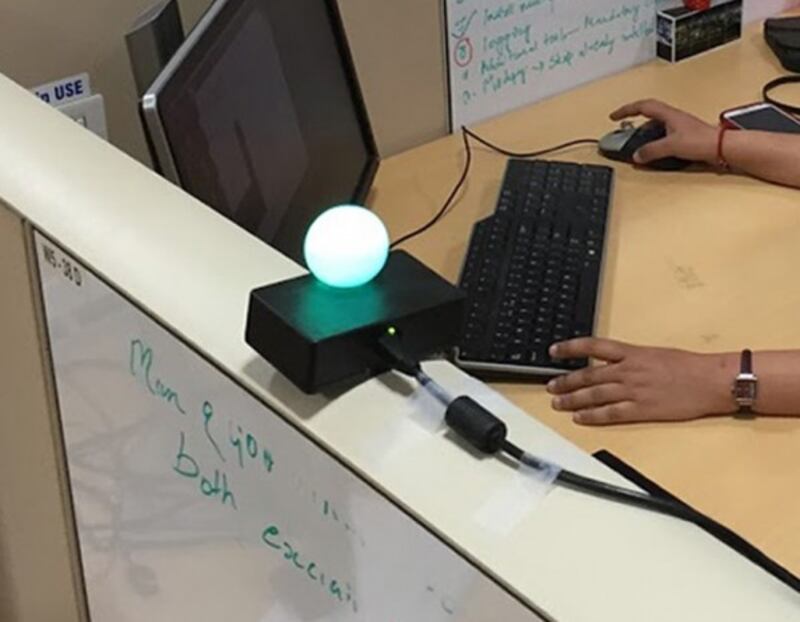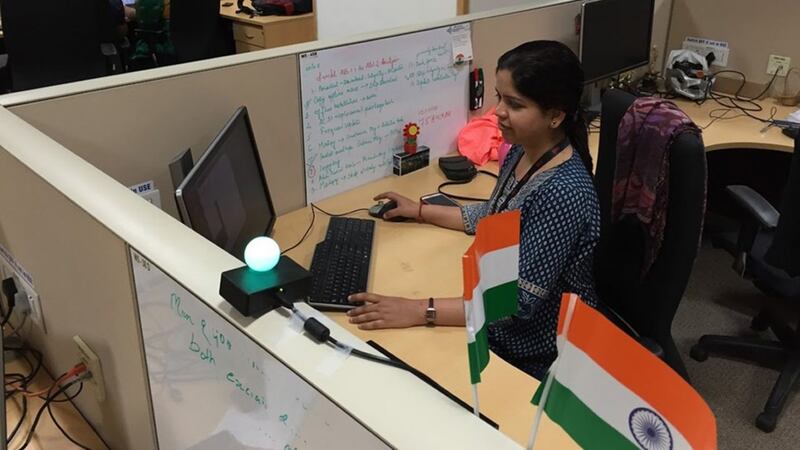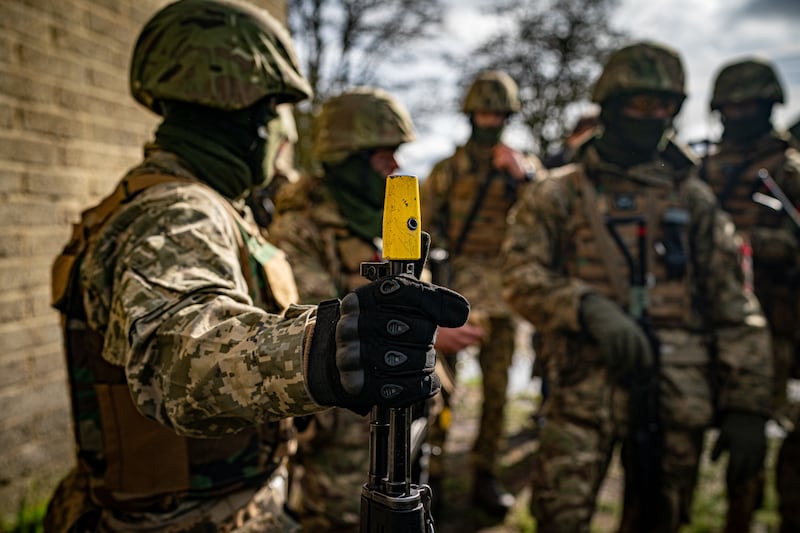A mini traffic light that sits on your desk and switches from green to red when you are “in the zone” and do not want to be disturbed has been developed.
The FlowLight could well change office culture by making people pay more attention to each other’s time and be more respectful of it, according to early trial results presented at the Association for Computing Machinery meeting, CHI 2017, in Denver, Colorado, US.

Inventor Dr Thomas Fritz, from the University of British Columbia, Canada, came up with the idea while working with robotics company ABB Inc, where employees put actual road safety cones on their desks to act as a “keep away” signal.
“The light is like displaying your Skype status – it tells your colleagues whether you’re busy or open for a chat,” said Fritz, who began the project at the University of Zurich in Switzerland.
“When you’re interrupted, it can take a long time to get back into your work and it’s more likely you’ll make mistakes.”

The light works by monitoring a person’s working pattern from keyboard and mouse activity. When it senses that someone is focused and in the middle of a task, the green light changes to red to notify others in the office that now is not a good time to talk.
To avoid the possibility of competition between employees or have them feel guilty about “slacking”, the devise is designed to only turn red for a maximum amount of time each day despite their workload or speed.
Testers of the gadget – 450 members of staff at the company who used traffic cones – reported fewer interruptions, greater motivation to finish work faster, and a greater awareness of when they could interrupt colleagues.
Fritz is now testing a more advanced version of the FlowLight to see if it can be improved using sensors to detect heart rate, pupil dilation, eye blinks and even brainwave activity.








